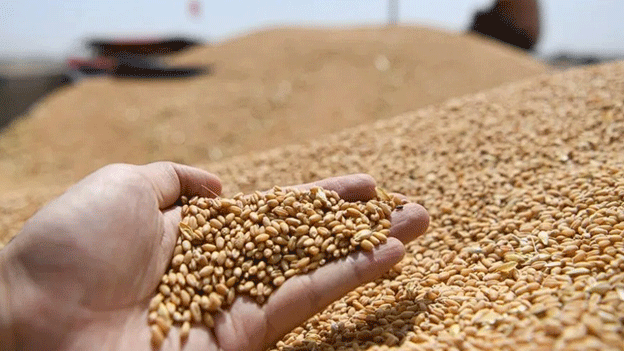Russia’s wheat market is bracing for a significant price surge in 2025, driven by declining production and worsening profitability across the sector. According to recent reports from the Russian Ministry of Agriculture, the gross wheat harvest in 2023 fell by 11% year-on-year, totaling 82.5 million tonnes—a sharp decline from 2022’s record levels.
By early February 2025, the price for third-class wheat had already increased by more than 11% year-on-year, reaching 14,500 rubles per tonne (~$160), according to market data. Analysts predict a further 5% drop in wheat production this season, as farmers reduce sowing areas and grapple with financial and climatic challenges.
Farmers like Sergey Kolesnikov from Stavropol Krai report that poor rainfall, rising costs, and regulatory burdens have made wheat farming barely viable. “Production costs are rising, and many farmers can’t afford to fully follow agronomic best practices,” says Kolesnikov. “We’re in a tight corridor—high fertilizer prices, expensive credit, and regulated prices leave no room to breathe.”
In the Kaluga region, farmer Alexander Sayapin confirms a trend toward crop diversification. “We’re switching to peas and chickpeas. Wheat is simply not profitable with current export duties and input costs,” he notes. Sayapin estimates that wheat acreage will shrink significantly in 2025, further constraining supply.
Key Pressures on Wheat Production:
- Reduced acreage as farmers seek more profitable crops
- High costs of fuel, electricity, and fertilizer
- Expensive credit due to Russia’s high key interest rate
- Export duties, which reduce farmgate prices and discourage sales abroad
- Weather volatility, especially droughts in major growing regions
These combined pressures are expected to limit production again in 2025. The Ministry of Agriculture’s warning to the President about potential wheat price hikes highlights the strategic concern. Meanwhile, bakery industry groups have already flagged the risk of higher bread prices, even though flour accounts for only about 20% of the cost of a loaf. The broader market impact of tighter wheat supply is still likely to drive up consumer prices across the board.
According to the FAO, Russia is the world’s largest wheat exporter, supplying over 20% of global exports in 2023. Therefore, even domestic shifts in planting decisions and yield outcomes can reverberate across global grain markets.
Russia’s wheat market is entering a phase of structural correction. Reduced profitability is forcing farmers to scale back production, and unless policy shifts address the sector’s growing costs and burdens, supply will continue to shrink. In the short term, wheat prices are expected to rise steadily, affecting both domestic consumers and international markets reliant on Russian grain.
Error




